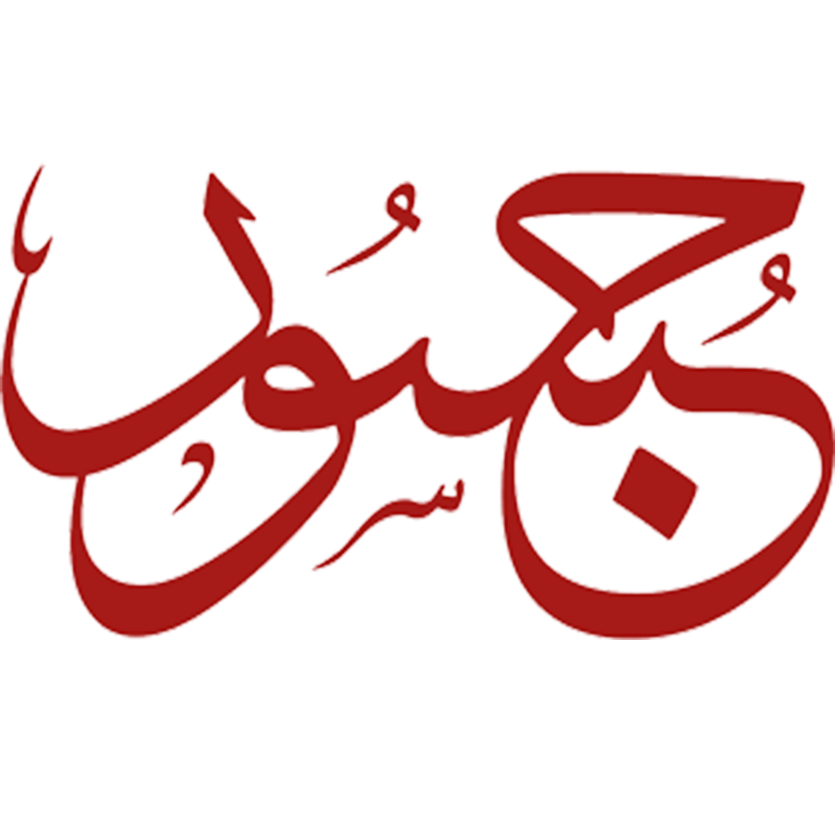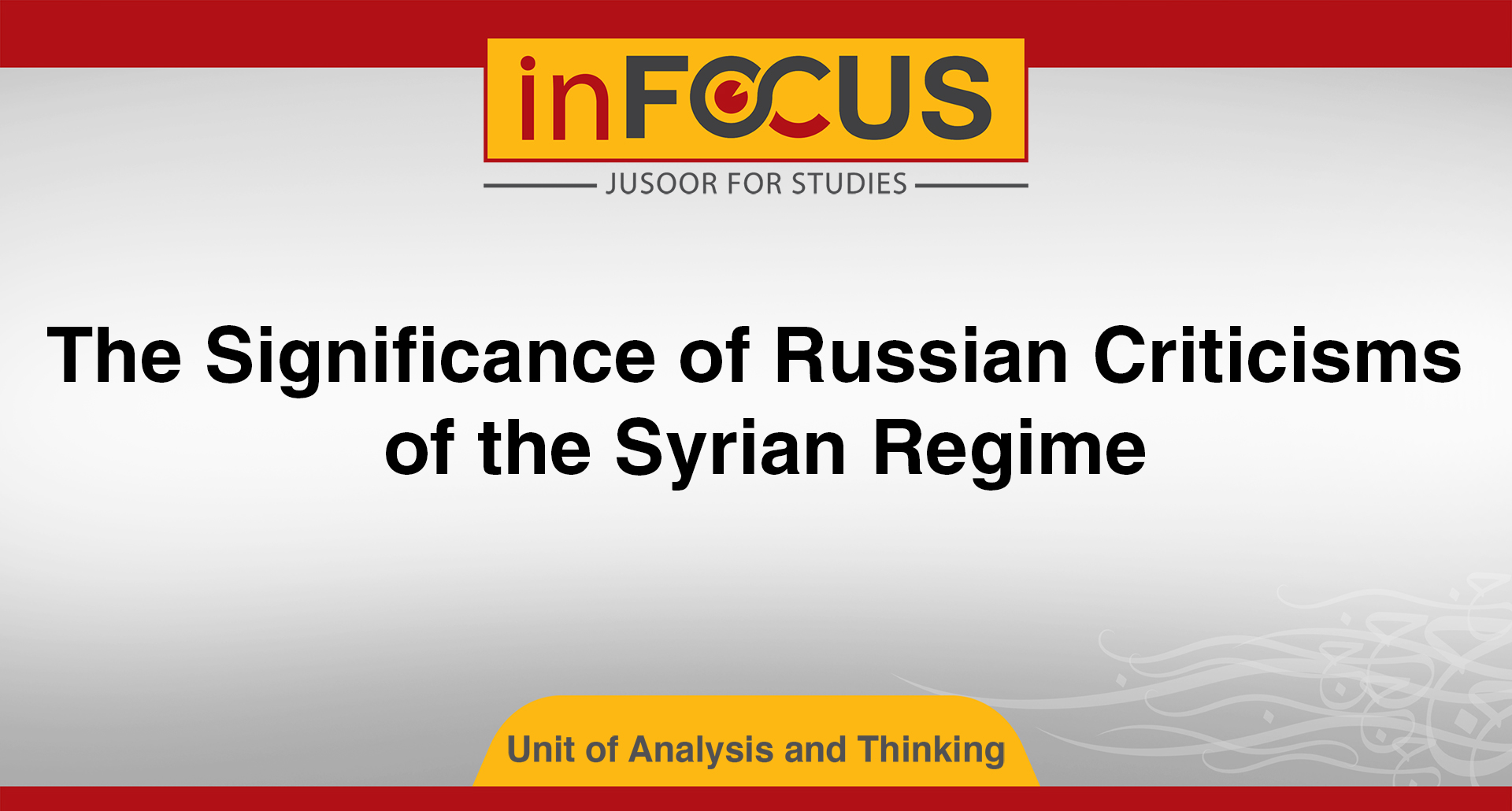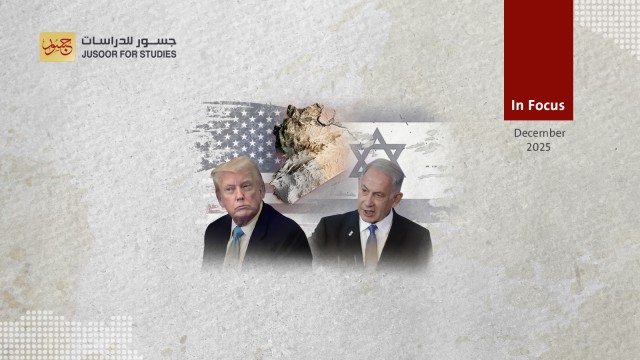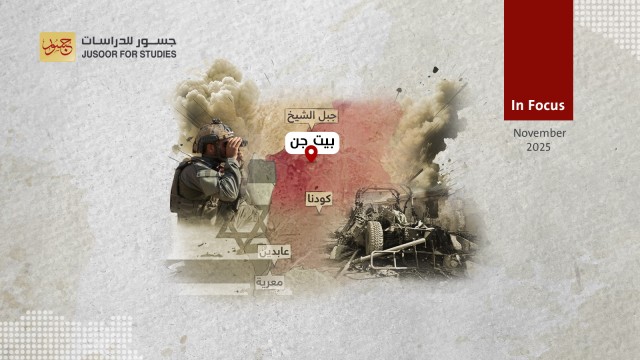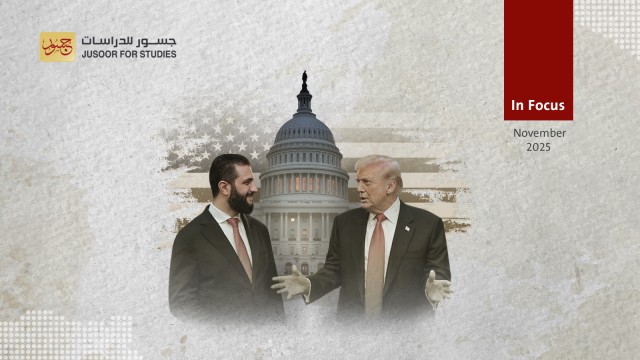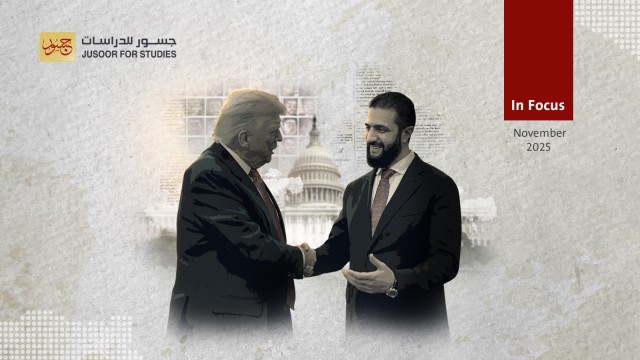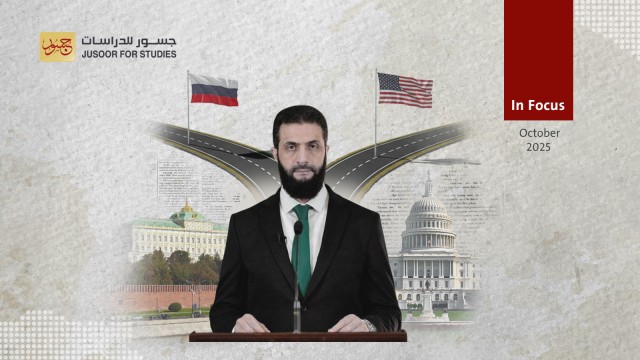The Significance of Russian Criticisms of the Syrian Regime
Font Size
In focus| The Significance of Russian Criticisms of the Syrian Regime
In recent days, the Russian press has released sharp and unprecedented criticism of the Syrian regime, accusing it of corruption, weakness, and lacking control over the situation as well as doubting its popularity and legitimacy.
It is not the first time that the Russian media has criticized the Syrian regime, but the timing and intensity of the criticism indicates the significance of the criticisms. The criticisms highlight:
• Russia’s growing dissatisfaction with the Syrian regime’s management of the economic crisis, and its lack of commitment to its directives which rendered it unable to bear the costs of the crisis alone, especially with the Caesar Law coming into effect soon and the absence of any signs of initiatives to ease the economic sanctions. These concerns are combined with fears of the effect of the Corona virus pandemic on the regime’s ability to control the collapsed economy.
• There are Russian doubts concerning the Syrian regime’s commitment to the Moscow Memorandum (2020) and Russia’s direction; therefore, any return to violations with the aim of resuming hostilities may jeopardize Russia’s efforts, and the regime may be relying on the margin of competition between Russia and Iran, given Iran’s dissatisfied or skepticism concerning the cease-fire agreement and its feasibility.
• Russia fears that Bashar al-Assad is unable to maintain the social and political safety net that the Syrian regime has established over the past five decades due to the growing and persistent competition within the new political and economic class in the Alawite sect as well as al-Assad’s dealings with the patronage network which may reflect on the stability of the political system and push towards widening the security gap in the areas under regime control.
• Russia wants to send a message to Iran, indicating the possibility of concluding a security understanding or agreement with the United States of America and Turkey to make a change in the leadership in Syria with the resumption of the work of the Constitutional Committee, in the event that Iran continues to hinder Russian efforts to reform the state military and economic sectors.
There is sharp competition among the branches of the Syrian regime including in the relationship between the Makhlouf family and Asma al-Assad, and the businessmen class affiliated with them. It is likely that this competition has grown in a manner that makes it appear as if deep disagreements exist, but this does not necessarily mean that they will enter a violent conflict over resources and power.
Russia prefers for the Syrian regime to maintain its cohesion and its social and political networks, but in the event that it is unable to impose unified policies, Russia will often exploit the internal competition within the regime by directing the crisis and imposing more control over the head of state through undermining his confidence in the nature of his relationship with Russia.
Unit of Analysis and Thinking - Jusoor for Studies
To visit the English Telegram channel: Click here
